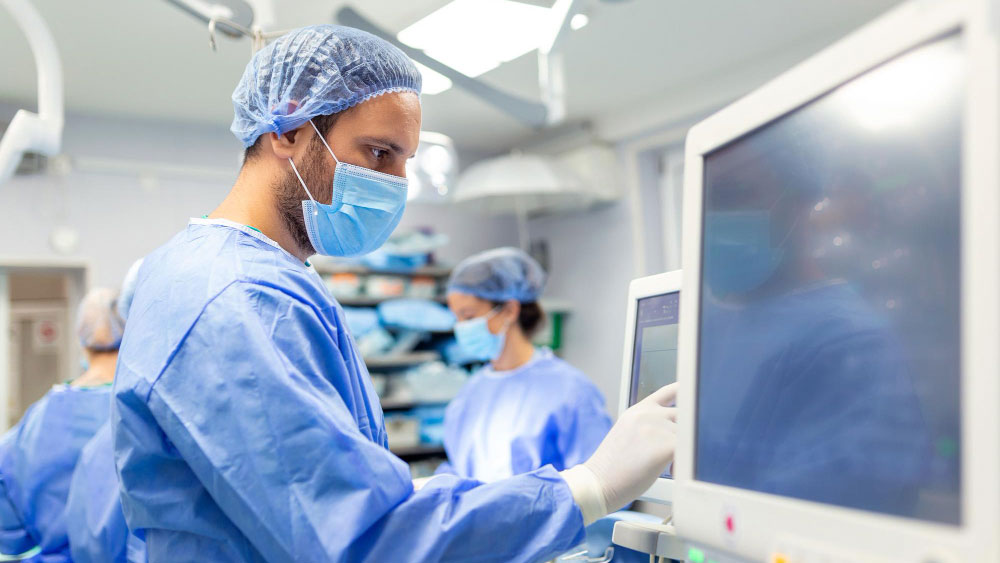Robotic surgery is transforming the landscape of modern medicine, offering advanced technological solutions to enhance surgical procedures. In this article, we will delve into the fascinating world of robotic surgery, exploring its benefits, applications, and impact on patient outcomes.
Robotic surgery, also known as robot-assisted surgery, combines the precision of robotic technology with the expertise of skilled surgeons. It involves the use of robotic systems to perform complex surgical procedures with enhanced accuracy and dexterity. These systems consist of robotic arms equipped with specialized surgical instruments, controlled by surgeons from a console.
One of the key advantages of robotic surgery is its ability to provide a minimally invasive approach. With smaller incisions, patients experience reduced postoperative pain, shorter hospital stays, and quicker recovery times compared to traditional open surgeries. The robotic arms’ flexibility and range of motion allow surgeons to navigate tight spaces and access hard-to-reach areas within the body, enhancing surgical precision and reducing the risk of complications.
Robotic surgery finds applications in various medical specialties, including urology, gynecology, general surgery, and cardiothoracic surgery. Procedures such as prostatectomy, hysterectomy, gallbladder removal, and mitral valve repair can be performed using robotic systems. The high-definition 3D visualization and magnification provided by robotic surgery enable surgeons to operate with enhanced clarity and precision, improving patient outcomes and safety.
Furthermore, robotic surgery offers several benefits to surgeons themselves. The ergonomic console allows surgeons to operate in a comfortable seated position, reducing fatigue during lengthy procedures. The intuitive robotic interfaces translate the surgeon’s hand movements into precise robotic actions, providing enhanced control and precision.
While robotic surgery continues to advance, it is important to note that the technology is a tool that complements the skills and expertise of the surgical team. Surgeons undergo specialized training to master robotic surgical techniques and maximize patient benefits. Additionally, thorough preoperative evaluations and careful patient selection are vital to ensure the appropriateness and success of robotic surgical interventions.
In conclusion, robotic surgery represents a remarkable advancement in healthcare, revolutionizing surgical procedures and improving patient outcomes. Its minimally invasive approach, precision, and range of applications make it a valuable tool in various medical specialties. As technology continues to evolve, robotic surgery is poised to shape the future of surgical practice, offering new possibilities for safer, more effective treatments.





